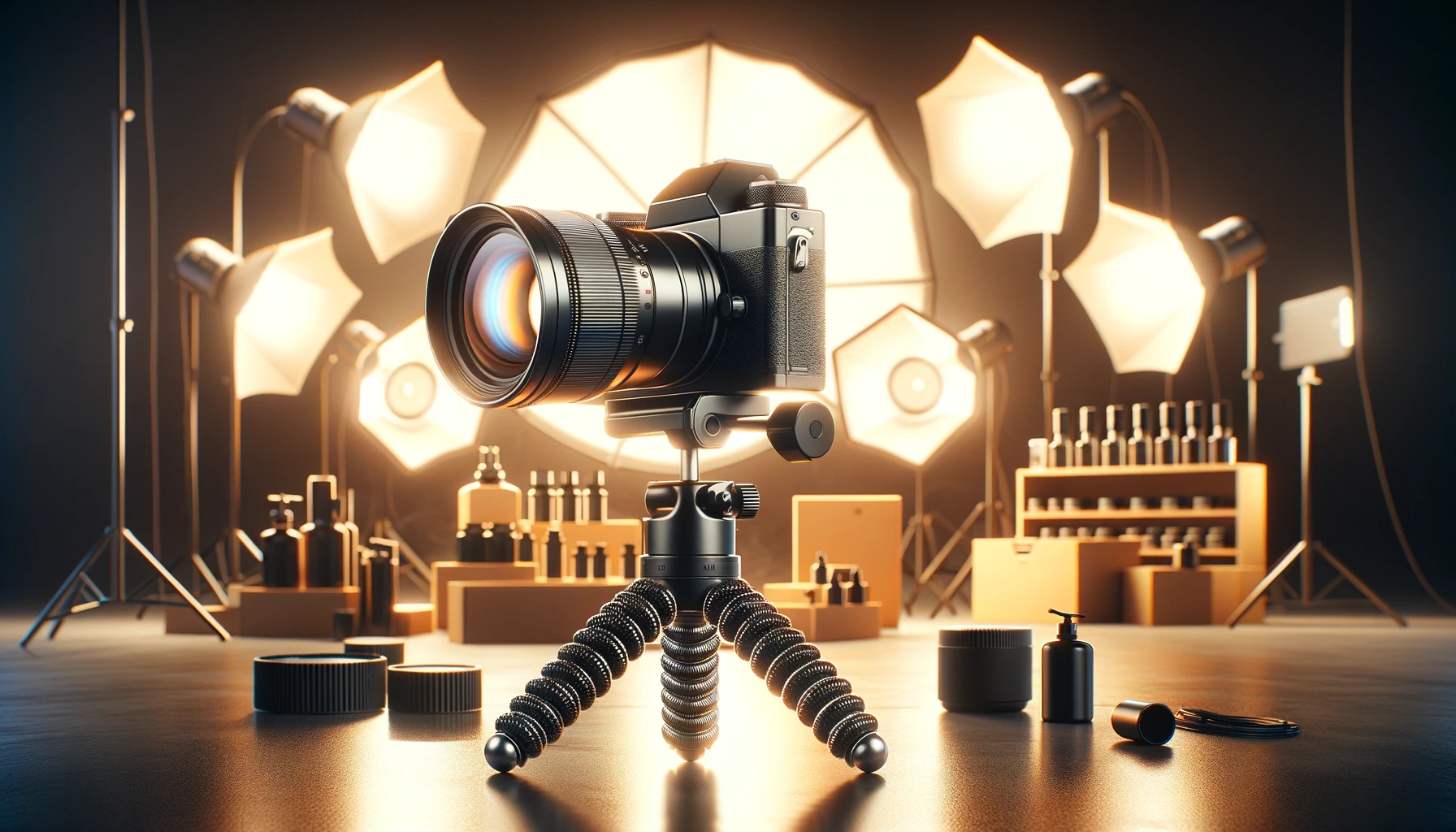Mastering the Art of Lighting in Product Photography
Last updated: 16/07/2024, 14:13

Introduction
Welcome to our latest blog post, where we delve into the crucial aspect of product photography: lighting. Good lighting can transform an ordinary product into a compelling image that captures the viewer's attention. Whether you're a professional photographer or a small business owner taking shots for your online store, understanding lighting techniques is essential for creating stunning product photos.
1. Understanding the Basics of Light
Before jumping into complex setups, it's essential to understand the basics of light. There are two main types of light sources: natural and artificial. Natural light, coming from the sun, is a popular choice for its softness and warmth, but it can be unpredictable. Artificial light, on the other hand, offers control and consistency. Common artificial sources include continuous lights and strobes.
2. The Role of Soft and Hard Light
Soft light and hard light serve different purposes in product photography. Soft light, characterized by its diffused nature, reduces shadows and highlights, creating a more even tone. This is ideal for most products, particularly those with details you want to showcase. Hard light, with its direct and intense nature, creates strong shadows and highlights, which can be used for dramatic effect or to emphasize texture.
3. Light Positioning and Its Impact
The position of your light source dramatically affects the outcome of your product images. Key positions include:
- Front Lighting: Illuminates the product directly from the front, reducing shadows. Ideal for simple, clear shots.
- Side Lighting: Enhances texture and depth by creating shadows on one side of the product.
- Backlighting: Creates a silhouette or a halo effect, useful for a dramatic or high-end look.
4. The Magic of Light Modifiers
Light modifiers like softboxes, reflectors, diffusers, and umbrellas can alter the quality of light. They help in controlling the direction and softness of the light, allowing for more creative and tailored lighting setups.
5. Balancing Color Temperature
Different light sources emit light of different color temperatures, measured in Kelvin (K). Understanding and balancing these temperatures is crucial for accurate color representation in your product photos. You can adjust the white balance setting on your camera or use gels on lights to alter color temperature.
6. Experimentation is Key
The best way to master lighting in product photography is through experimentation. Try different setups, angles, and modifiers to see what works best for your product. Each product has unique characteristics that may benefit from specific lighting conditions.
Conclusion
Mastering lighting in product photography is a journey of learning and experimentation. By understanding the basics of light, experimenting with different setups, and using the right tools, you can create stunning images that bring your products to life. Remember, the goal is to highlight the best features of your product and entice potential customers.



